
 |
Eager Space | Videos by Alpha | Videos by Date | All Video Text | Support | Community | About |
|---|

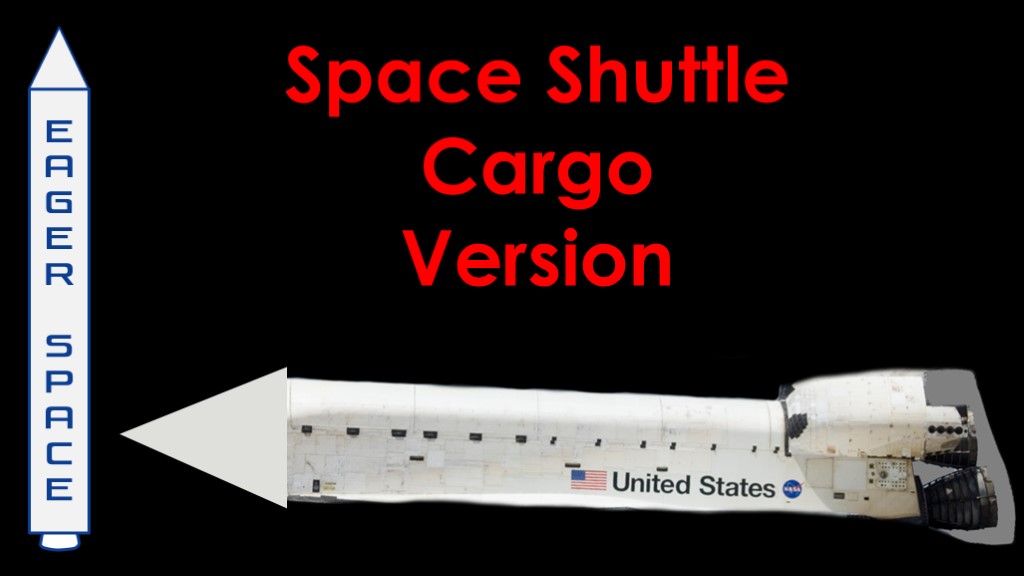
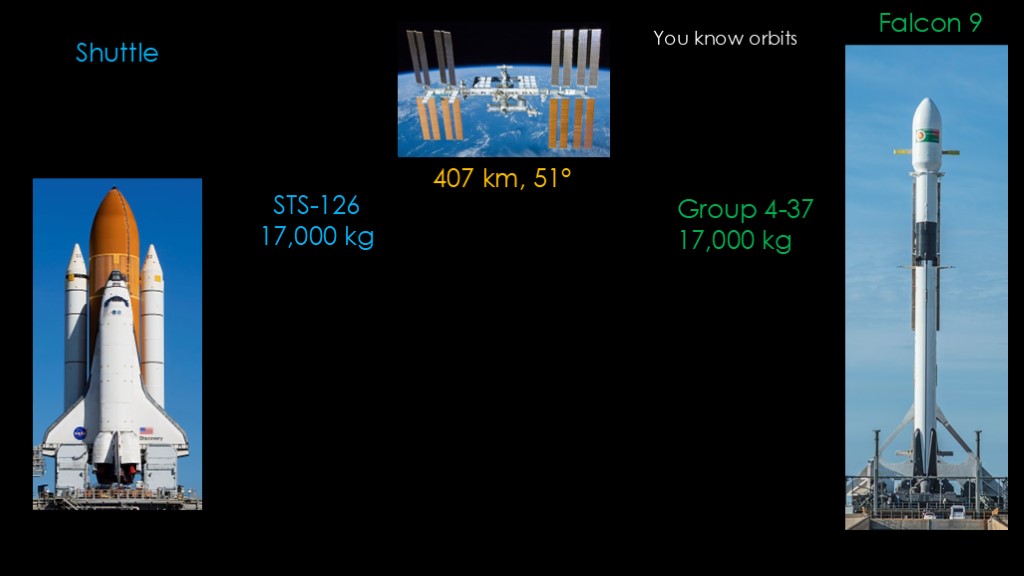
Here's a hypothetical for you.
Let's say that you are wanting to build a space station like ISS, which lives at an altitude of 407 kilometers and an inclination of 51 degrees. If you want to understand what those number mean, please watch my "you know orbits" video.
You have two launch systems you can use to launch all of your space station modules.
You have the classic space shuttle. And you have the modern Falcon 9.
Which option will get your space station built in the fewest number of flights? It's going to depend on which option can carry more payload.
I did not look at every space shuttle flight to the space station, but I did find that STS-126 was a little more than 17,000 kilograms, and I'm going to use that as the maximum payload. It's close enough.
SpaceX has never flown a Falcon 9 mission to the space station, so we'll need to look for something similar. Starlink Group 4-37 carried 16,500 kilograms to 570 kilometers at 53 degrees inclination, so I'm going to assert that it can also get 17,000 kilograms to ISS. That's with first stage booster reuse. It's probably over 20,000 kilograms without reuse.
This result is a bit surprising - the shuttle is a massive launch system, but it's not any more capable than the much smaller Falcon 9.
What is going on here?
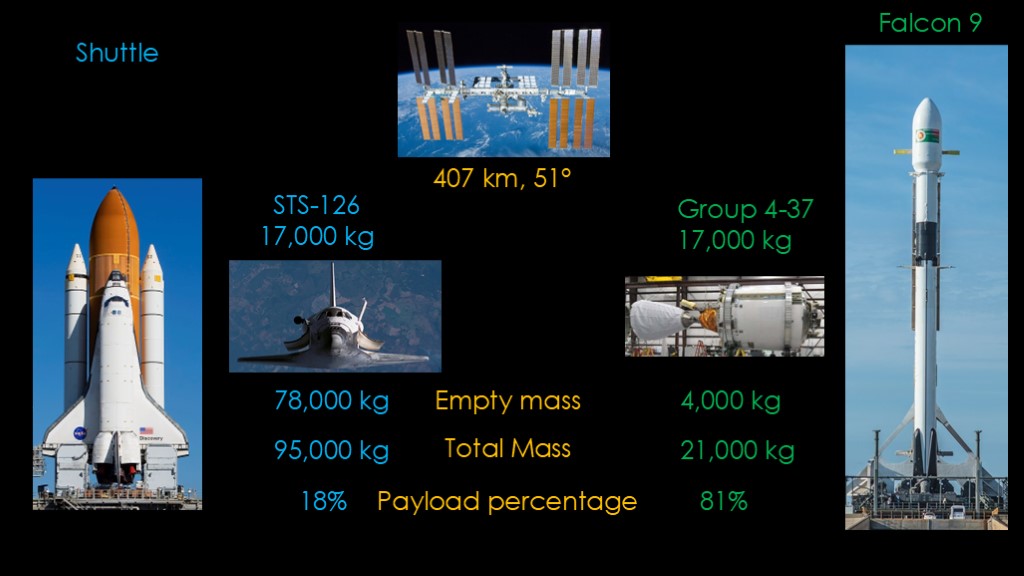
The falcon 9 second stage brings the payload to the space station. It's fairly small and light, massing only 4,000 kilograms.
That means the total mass to the destination is 21,000 kilograms, and 81% of that is useful payload.
I think you've probably figured out what's coming next.
The space shuttle brings along a 78,000 kilogram orbiter with the payload, which means the total mass is 95,000 kilograms and only 18% of that is payload. Shuttle can bring far more mass to the space station, but unfortunately the vast majority of that mass is orbiter.
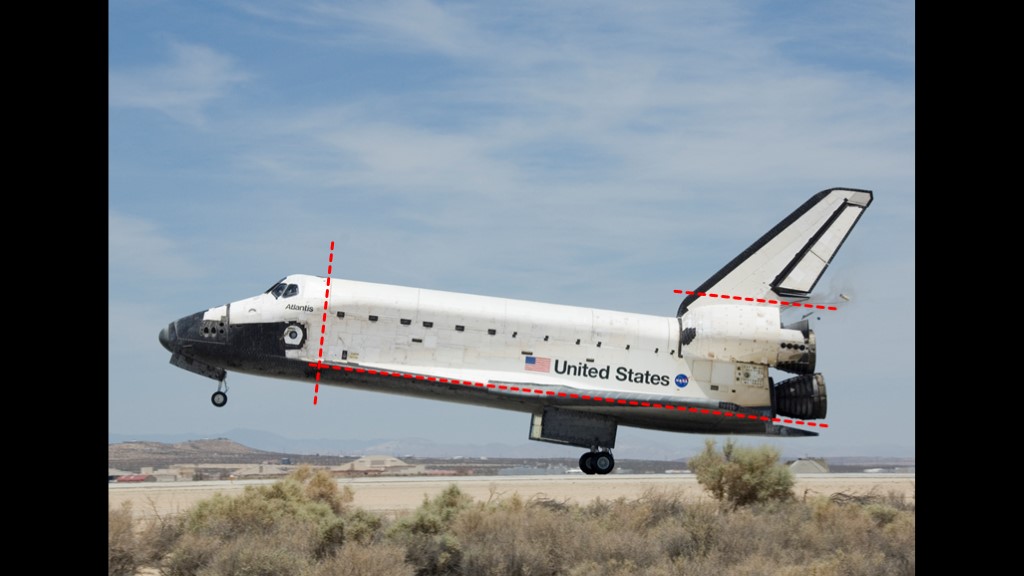
Which brings up an interesting question.
If we want to build a space station quickly, is there a way to create something shuttle-like that can carry much more payload.
We can chop off the whole front crew section as we don't need astronauts, clip off the tail, and remove the heavy wings, landing gear, and frame.
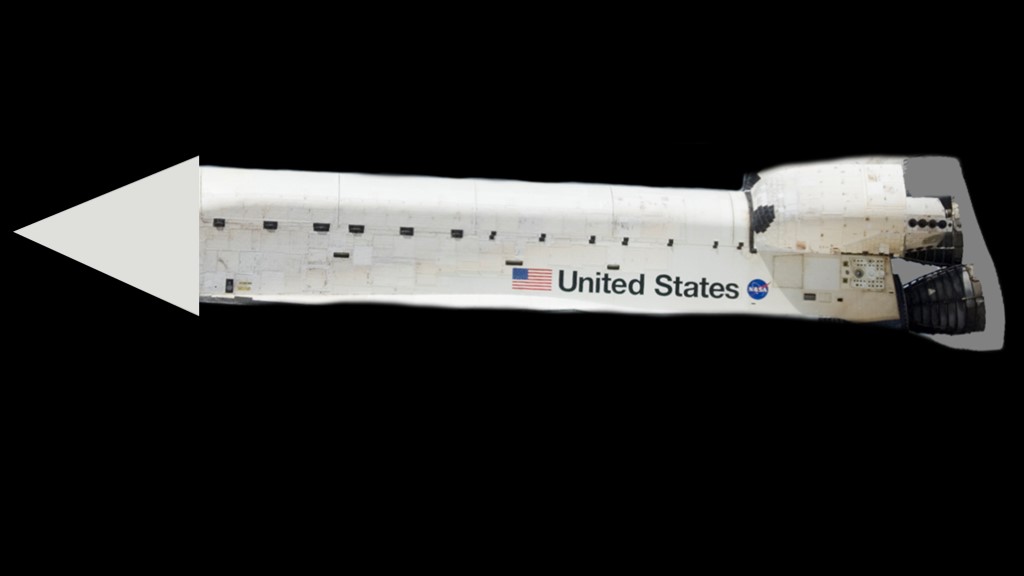
Do that, and you end up with something like this. A long tubular vehicle with shuttle engines.
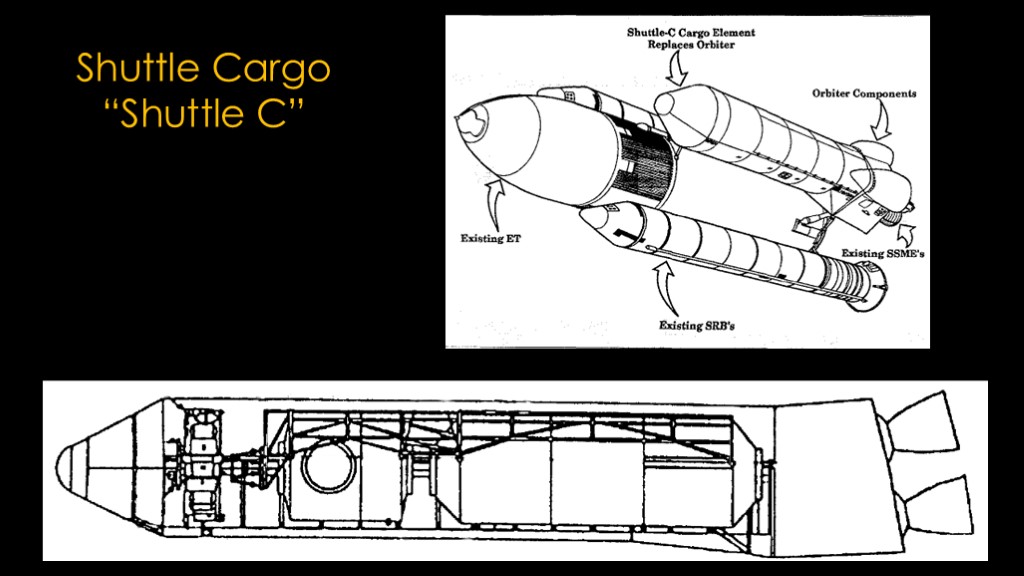
NASA called this version "shuttle cargo", or "shuttle C"
It reuses the external tank, the shuttle rocket boosters, and the same main engines. It has a payload bay roughly the size of orbiter.
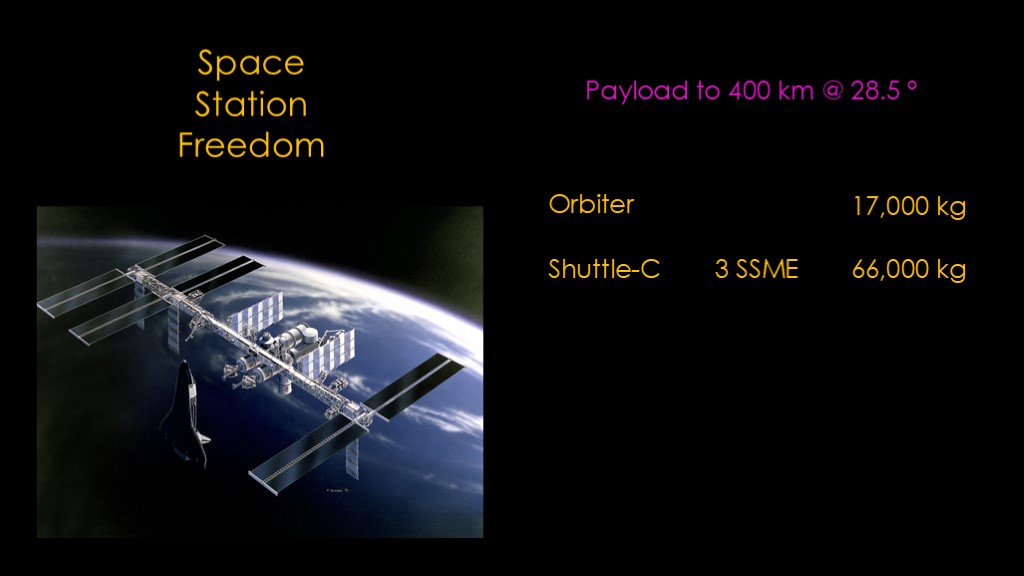
In the late 1980s, NASA was doing planning studies for Space Station "Freedom", the predecessor of the international space station, and they wanted to explore different ways of building it, including shuttle c.
Freedom would be placed at 400 kilometers of altitude and at an inclination of 28.5 degrees, the natural inclination for launches from Cape Canaveral.
The orbiter can carry 17,000 kilograms to that orbit.
A version of shuttle C powered by three space shuttle main engines would be able to lift 66,000 kilograms. That is a very significant difference in payload.
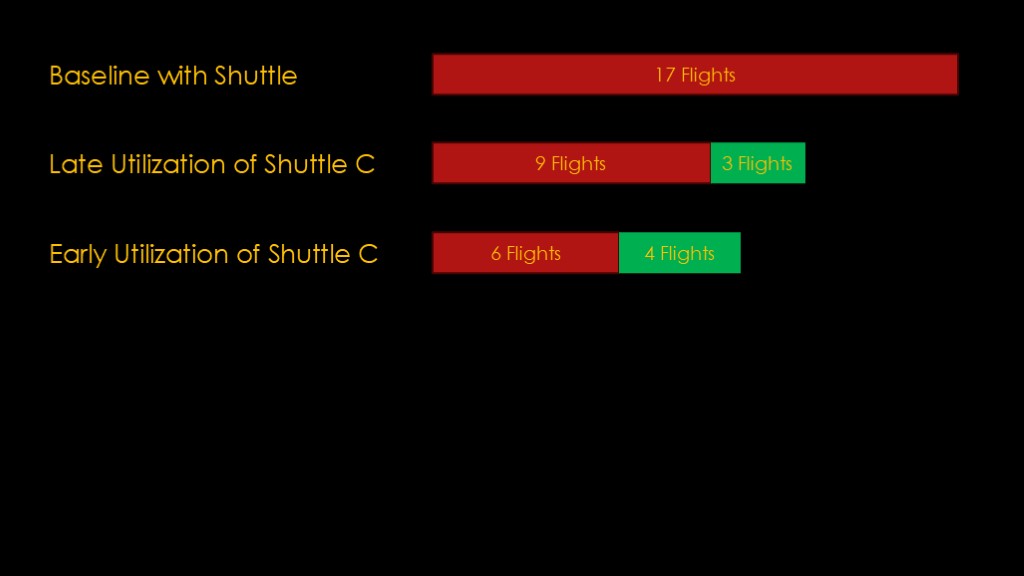
Working that into their assembly plan, they found that it would take 17 shuttle flights to build the station.
If the shuttle C was available late in the assembly process, it would take 9 shuttle flights plus 3 shuttle c flights, for a total of 12 flights.
If it was available early in the assembly process, it would take 6 shuttle flights plus 4 shuttle c flights, for a total of 10 flights.
These same ratios would apply for building the international space station.
So why didn't NASA build Shuttle C?
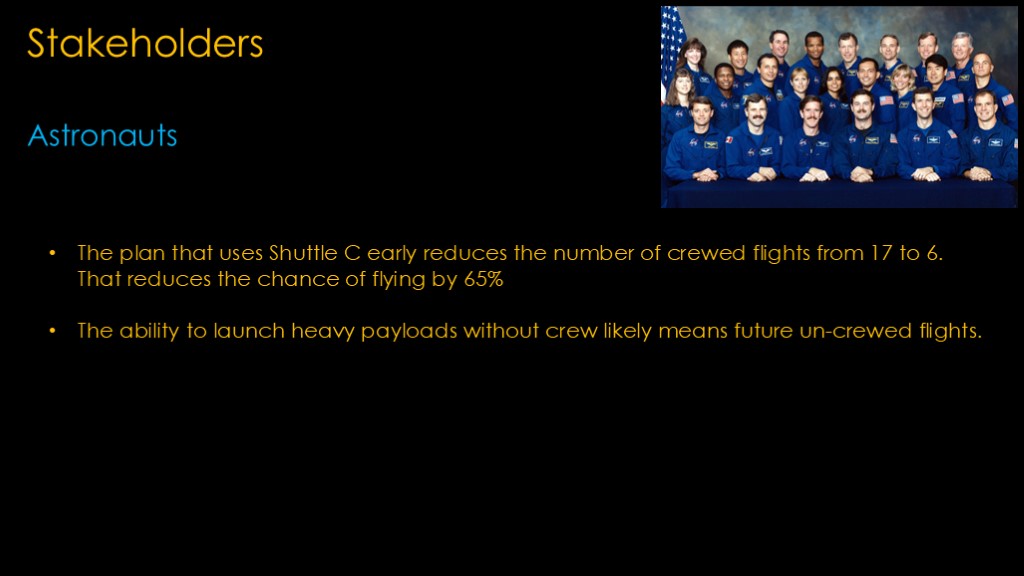
To understand why we need to look at the stakeholders in the shuttle and space station programs.
We'll start with the astronauts...
(read)
Astronauts want to fly missions. They don't want this.
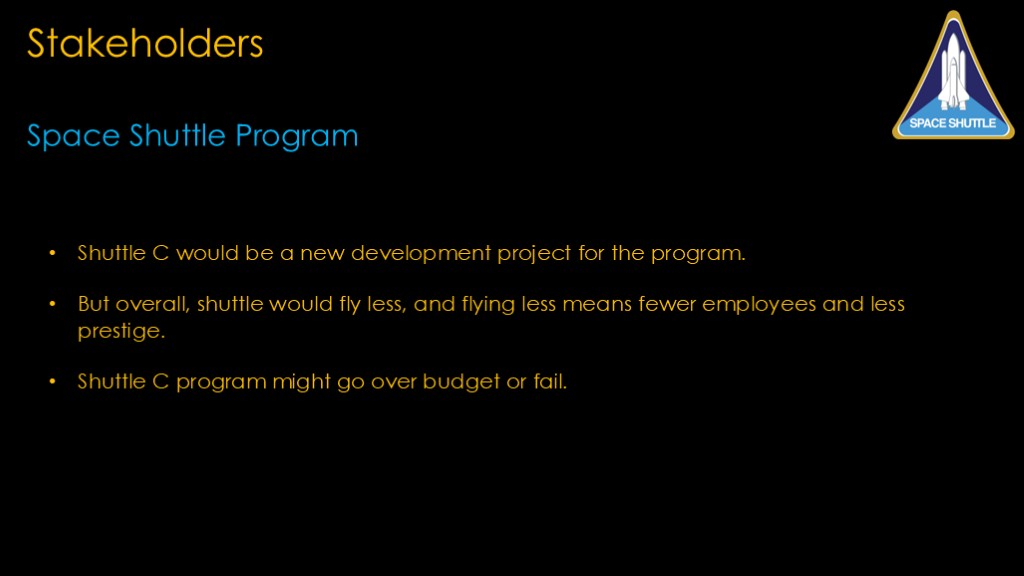
For the space shuttle program overall, shuttle C would mean new development work in a program that last did significant work in the 1980s, and that would be good.
But overall, shuttle would fly less, and flying less means fewer employees, smaller budgets, and less prestige.
And shuttle C might go over budget or fail.
Staying with the existing plan is much more comfortable.

For the supporters of the Space Station, shuttle C could conceivably result in earlier completion of the space shuttle. That would be nice but it's not really a big career builder.
But current manufacturing and assembly plans are all based on using shuttle. Changing those would add a lot of complexity and more work.
And most importantly, the space station shuttle launches are not paid for by the space station program - those come from the shuttle program - so there's no monetary or budget incentive to do shuttle C.
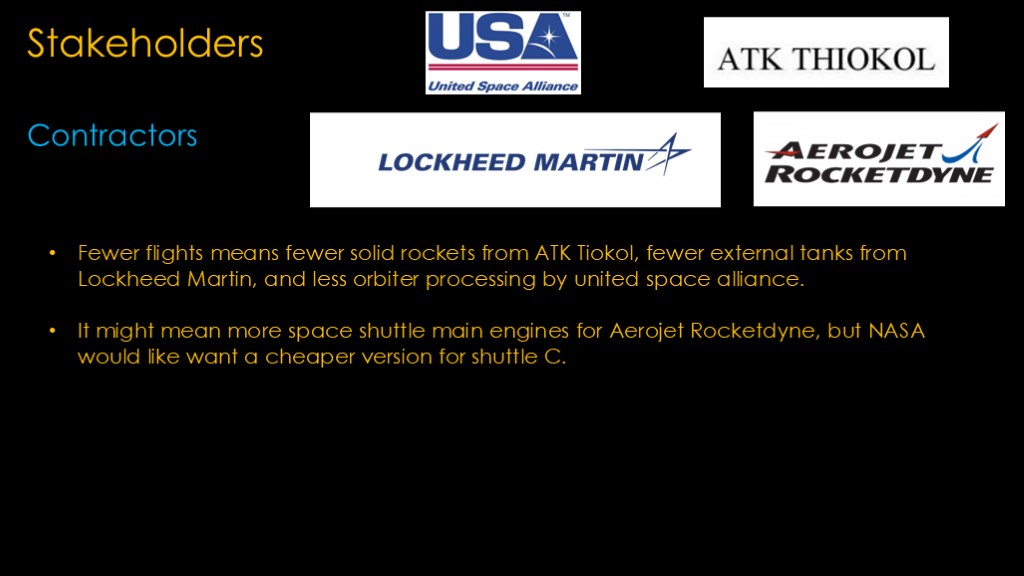
The main shuttle contractors were united space alliance who did shuttle processing, ATK Thiokol who did the solid rocket moters, Lockheed martin who built the external tanks, and Aerojet Rocketdyne who maintained the shuttle engines.
Fewer flights means fewer solid rocket boosters, fewer external tanks, and less time spent on shuttle processing.
It would means more shuttle engines, but NASA would probably want a cheaper version.
Shuttle C generally makes things worse for the contractors.
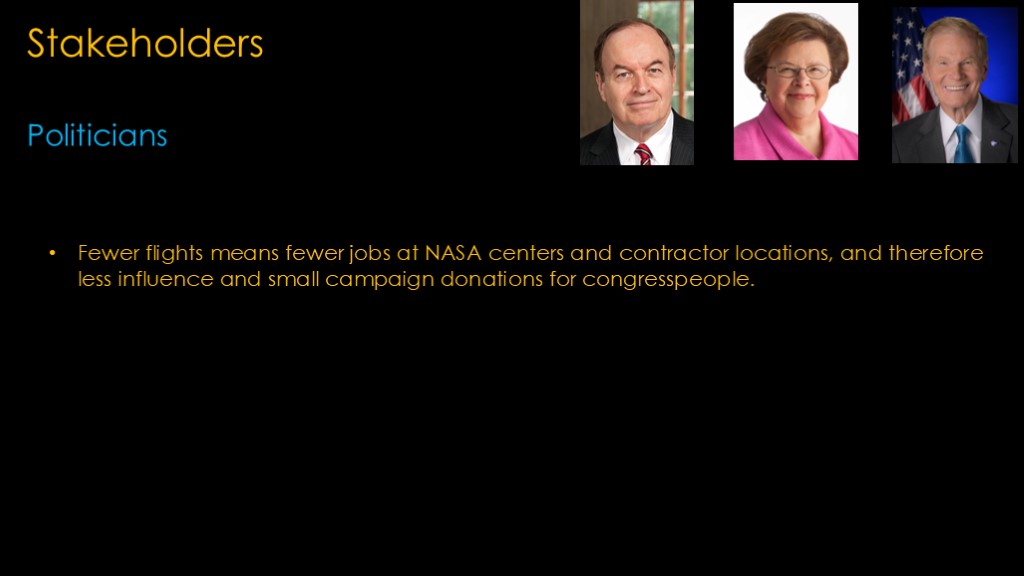
The last set of stakeholders are the politicians.
Fewer flights means fewer jobs at NASA centers and contractor locations, and therefore less influence and smaller campaign donations for congresspeople.
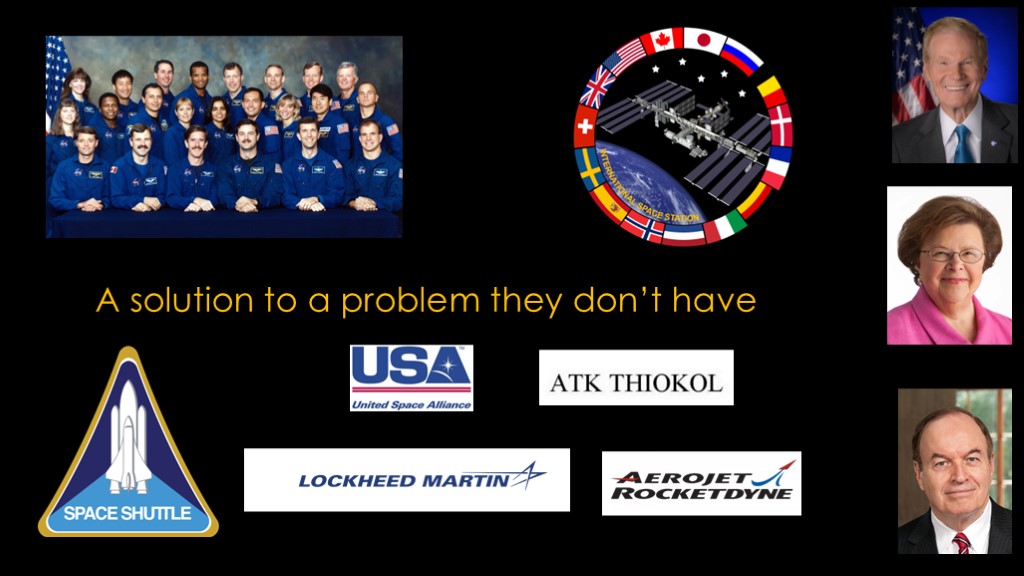
Looking across all the stakeholders, it's pretty clear that shuttle C is a solution to a problem that they do not have - it's at odds with what they are trying to accomplish.
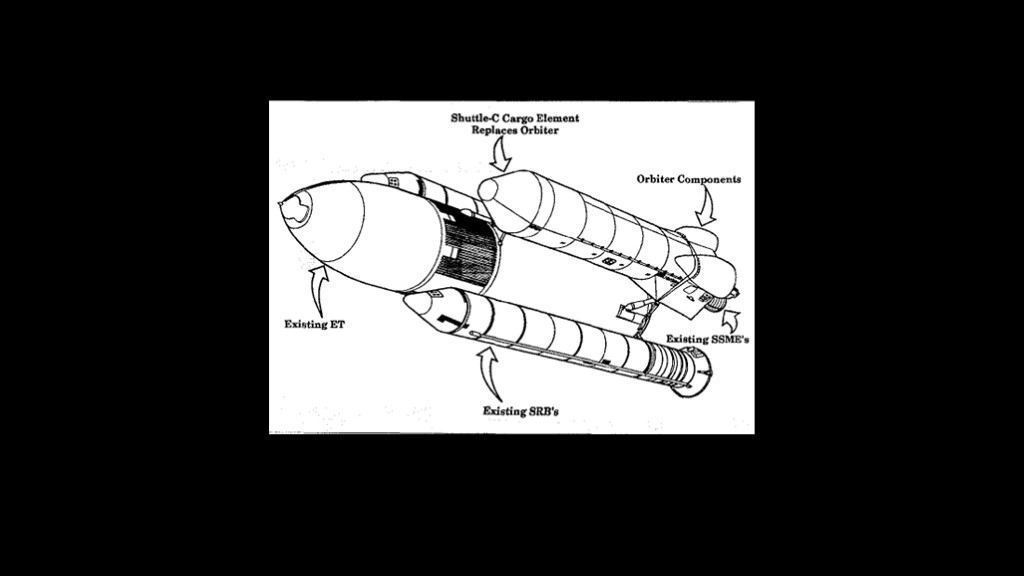
And that's why Shuttle C was never built. It was a solution to a technical problem but the objectives of all the program stakeholders was better served by flying more shuttle flights.
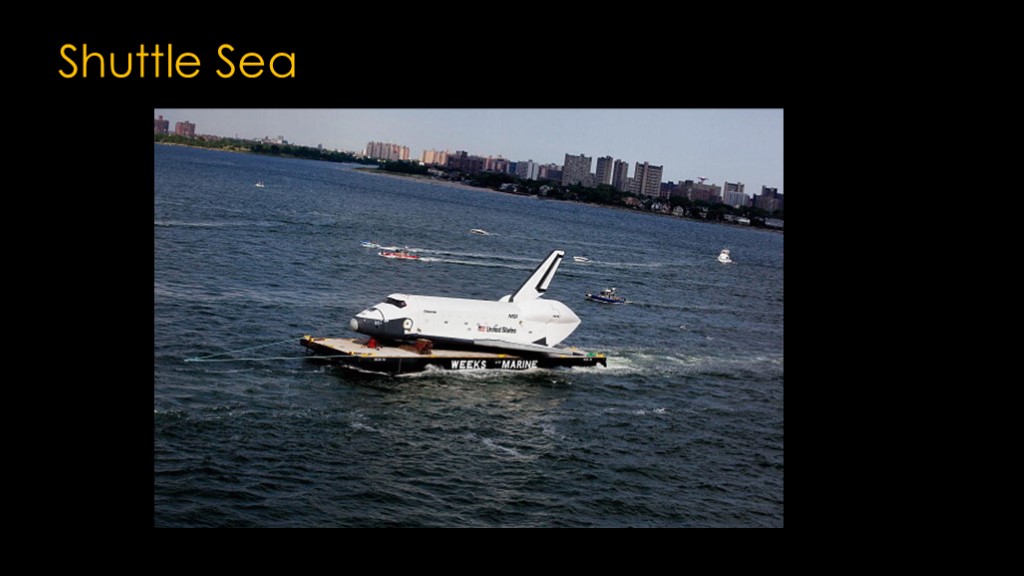
If you enjoyed this video, here's a different take on shuttle sea...